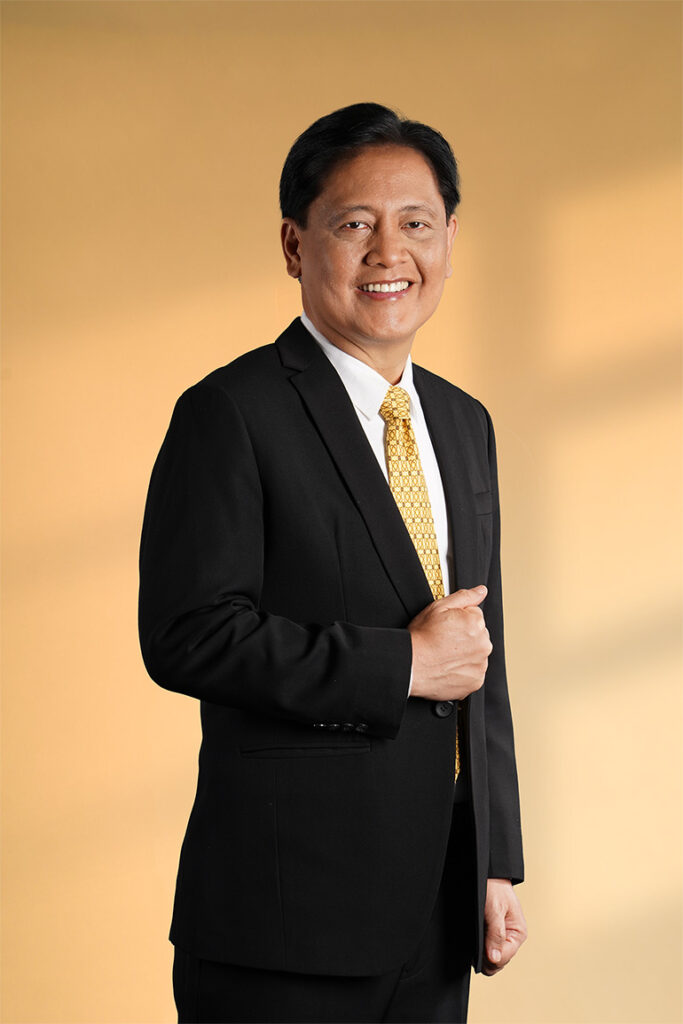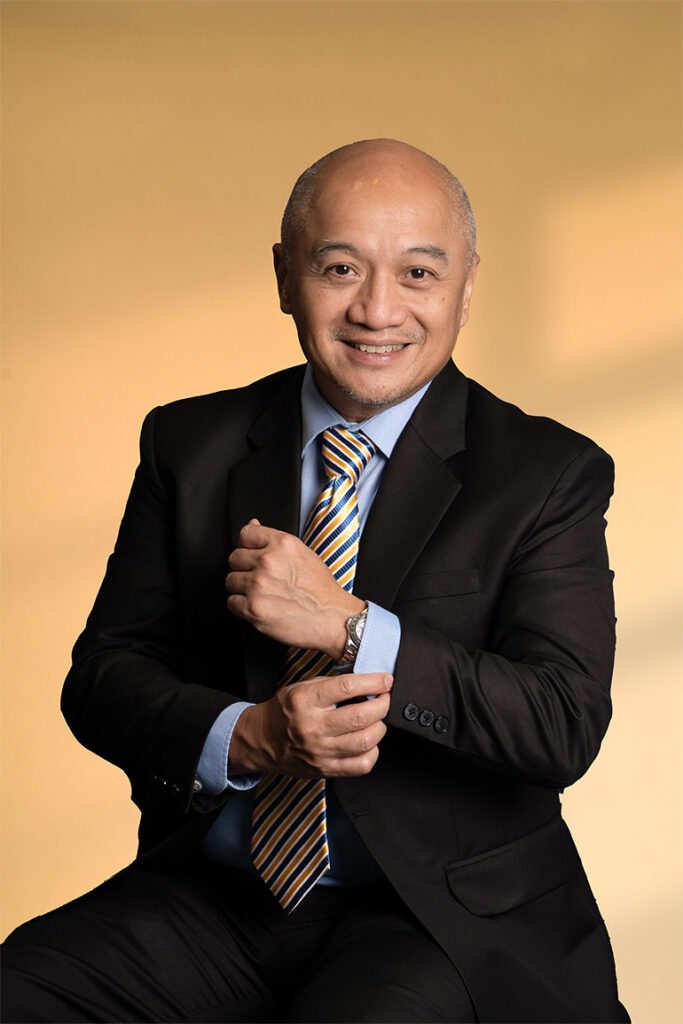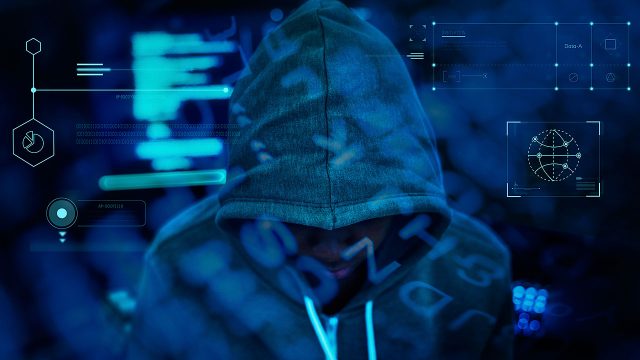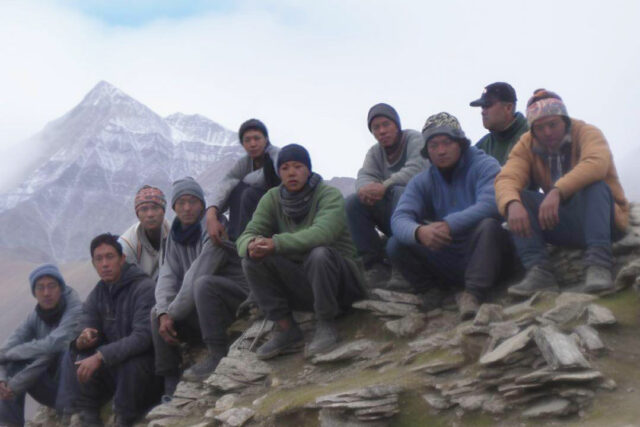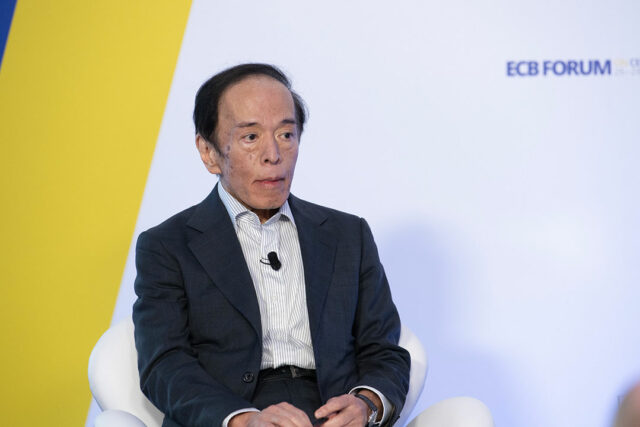Call it self-help, “sariling sikap,” or even a regional initiative, but the ASEAN+3 finance and central bank process that culminated in the establishment of an independent regional surveillance unit in 2011 says it all. That surveillance unit is the ASEAN+3 Macroeconomic Research Office (AMRO) based in Singapore which became an international organization in 2016. It was subsequently granted a permanent observer status in the United Nations General Assembly in 2017.
As the Asian Development Bank (ADB, 2021) in “Redefining Strategic Routes to Financial Resilience in ASEAN+3” described it, the Chiang Mai Initiative (CMI) — later upgraded to the Chiang Mai Initiative Multilateralization (CMIM) — was the first regional safety net arrangement pursued within the ASEAN+3 finance and central bank process.
As the region worked hard to recover from the Asian Financial Crisis in 1997, its resilience was amply demonstrated during the 2007-2009 Global Financial Crisis and the following debt crisis in the Euro area. The region has learned its lessons, and learned them well, from the series of financial crises in previous decades. Positive dividends from the fundamental policy and structural reforms are just too great to be ignored.
Based on its own experience of 10 years, the ASEAN+3 region decided to push the envelope. The possibility of seeing another crisis, global or regional, cannot be discounted. It institutionalized surveillance and elevate the regional safety net from bilateral swaps among the ASEAN 10 countries to multilateral swaps including China, Japan, and Korea. A surveillance unit was critical and thus, AMRO had to come about.
AMRO has two core functions. One is to conduct regional surveillance, an activity that has produced the ASEAN+3 Regional Economic Outlook (AREO) and the ASEAN+3 Financial Stability Report (AFSR). If the IMF’s World Economic Outlook (WEO) and Global Financial Stability Report (GFSR) were to have regional analogues, they would be AMRO’s two surveillance reports. Like the Fund, AMRO also conducts regular annual country visits that produce country reports.
Its other function is to support the implementation of the regional safety net. The activation of such a regional financial arrangement is anchored on the results of its regular regional economic and financial stability surveillance and country reports. With these reports, regional financing would be easy to trigger. In the last few years, in fact, ASEAN+3 finance ministers and central bank governors, have recognized that the “ASEAN+3 financial cooperation forum is playing an increasingly essential role in supporting regional economies to address the risks and challenges.”
What seems to be the most prominent global risk and challenge today?
In the June 2024 issue of the Fund’s Finance and Development Magazine, Adam Posen, president of the Peterson Institute for International Economics, asserted that “geopolitics is corroding globalization.” Geopolitical fragmentation magnifies the vulnerability of all economies to foreign economic shocks with the possible exception of the largest economies in the world. Posen added to the risks the erratic current account balances, disruptions in countries’ access to dollar liquidity and accumulation of unsustainable debt.
What is also alarming is that the IMF itself, including its ability to help member countries, is also being undermined by what Posen called “the increasing politicization of international finance and commerce” by these largest economies namely the United States, China, and the European Union. The Peterson Institute’s president did not mince words when he referred to such actions as exploitative, and his call on the IMF to “get out in front of these dangers.”
Posen expressed the view that the solution is not to broaden the term of reference of the IMF, but to keep stressing its unique role “as a multilateral conditional lender and a truth teller regarding international debt and monetary issues.” Like the AMRO, if the Fund is to be a trusted policy advisor, it should enjoy greater operational independence ala autonomous and independent central banks. He conveyed three central thoughts.
First, it’s not good to have a broad and more discretionary core IMF agenda. Member countries would be more subject of geopolitical machinations of large-economy governments and the market flows they control. This is the clear and present danger we all confront.
Second, there should be more consistency in both substance and process in the IMF’s relationship with member countries regardless of their size and global influence. This is where the Fund’s integrity and legitimacy are anchored on. Inconsistent treatment of member countries favored by the US and other large economies should be avoided by the Fund.
Third, while the issues of climate change, inequality, and poverty could be addressed in other forums, only the IMF could serve as “quasi-lender of last resort and speaker of truth to economic power on debt and monetary issues.” Therefore, the Fund should focus on maintaining its independence when it comes to its core mission of attaining sustainable global growth and prosperity through the promotion of financial stability and financial cooperation.
In practical terms, Posen suggested that the Fund could influence what he called “excessive self-insurance policies of the largest economies.” Even if small incremental changes on these policies are achieved in coordinating cross-border debt and monetary issues, these small wins could actually result in higher IMF credibility and reduction of risks. If the Fund is able to retain and enhance its independence, the more effective it would be in dealing with these big economies.
For instance, the Fund could influence them to avoid their increasingly political and bullying control of access to their home markets and spillovers to the unknowing rest of the world. If this were to continue, emerging markets’ growth prospects would “rise and fall” with the big economies’ arbitrary determination of which countries should produce their imports and which should not.
What Posen is therefore asking the Fund to do is to be even handed in releasing its critique of these big economies — with the same criteria, with the same frequency and through the same public channels. It should be as frank as when they advise impoverished, highly indebted member countries. It serves no global public good when the Fund would simply be conciliatory with the US’s enormous fiscal deficits, China’s incomprehensible exchange rate policy, and the European Union’s untimely austerity programs.
Without doubt, the world economy is not safe, and it would need some financial safety nets, when the largest economies nurture this propensity to link access to their markets to some form of what Posen called “political loyalty tests or side payments.” And markets here could include exports, employment and technical knowledge in high tech and other industries, financial services and liquidity, foreign direct investment in both directions as well as cross-border aid and lending. It’s a paradox but this direction of the global economy today partakes in the same nature and shape of what gave rise to the Bretton Woods institutions 80 years ago.
If they are not cracks in the global economy and finance, we don’t know what they are.
In this context, the decision of the ASEAN+3 finance ministers and central bank governors could not have been timelier and more pertinent. In their meeting in Tbilisi, Georgia on May 3, these principals called for a strengthening of regional financial cooperation. Reforming the ASEAN+3 Regional Financing Arrangement is critical in reinforcing the current regional financial safety net. At this point, the efforts of the ASEAN+3 economies to explore more robust financing structures and develop new facilities to “effectively prevent, mitigate and resolve future crises” could serve as a counterweight to potential risks posed by geopolitical fragmentation.
It looks like the CMIM based on multilateral swaps might give way to the paid-in capital structure that the region’s finance ministers and central bank governors clearly prefer. CMIM suffers from some financing uncertainty, constraints of short-term financing, and fragmented risk management. There is scope for achieving greater operational efficiency and scalability.
On the other hand, a paid-in capital structure is similar to both the IMF and the European Stability Mechanism capital structure which could address most of the handicaps of the current CMIM based on multilateral swap. This could end up as the preferred choice if greater clarity is achieved with respect to the issues of, one, whether the FX contribution could still be recognized as part of the countries’ FX reserves; and, two, the governance and the required capabilities for managing such structure. By 2025, we expect the region to move forward on this new regional financing scheme.
The ASEAN+3 region expressed its seriousness in preempting future crises when they also endorsed the establishment of the Rapid Financing Facility with the possible incorporation of eligible freely usable currencies (FUCs), still within the CMIM umbrella. Other financing facilities may be considered in the future.
When cracks start to show, it’s not good to assume those affected would not take action to mitigate their impact. What the ASEAN+3 is doing is preemptive, it could in fact remediate those cracks. As someone said before, change does not fail when it’s too early but it almost always fails when it’s too late.
Diwa C. Guinigundo is the former deputy governor for the Monetary and Economics Sector, the Bangko Sentral ng Pilipinas (BSP). He served the BSP for 41 years. In 2001-2003, he was alternate executive director at the International Monetary Fund in Washington, DC. He is the senior pastor of the Fullness of Christ International Ministries in Mandaluyong.
 THIS YEAR, Jaime Pacena III’s Kono Basho, an entry to the 20th Cinemalaya Independent Film Festival, is aiming to present the possibilities of connection born from loss — be it that of a family member or of a whole community.
THIS YEAR, Jaime Pacena III’s Kono Basho, an entry to the 20th Cinemalaya Independent Film Festival, is aiming to present the possibilities of connection born from loss — be it that of a family member or of a whole community.

![PRESS-RELEASE-[FINAL];-Sun-Life-Bags-No-OL](https://www.bworldonline.com/wp-content/uploads/2024/07/PRESS-RELEASE-FINAL-Sun-Life-Bags-No-OL-640x640.jpg)
